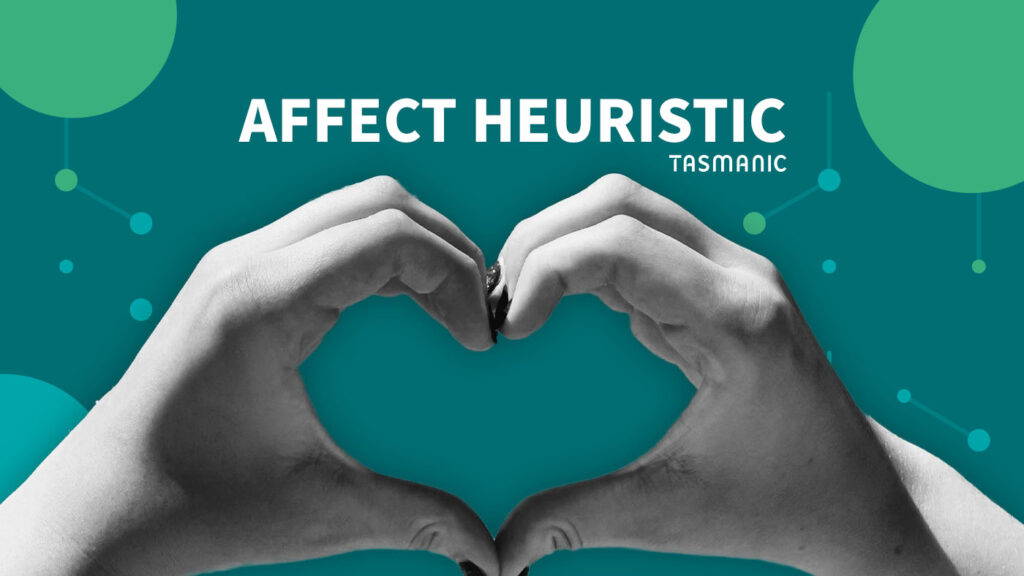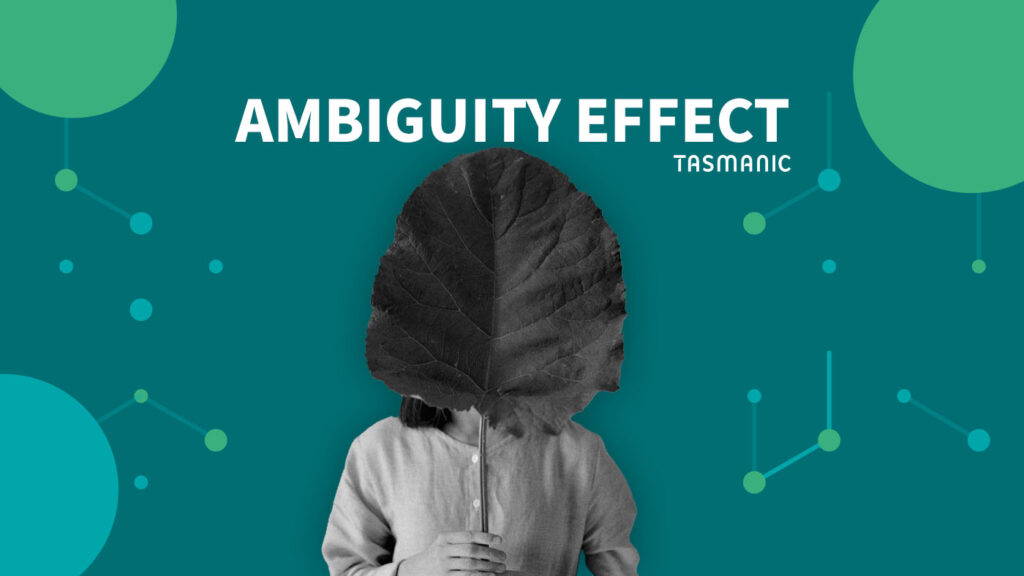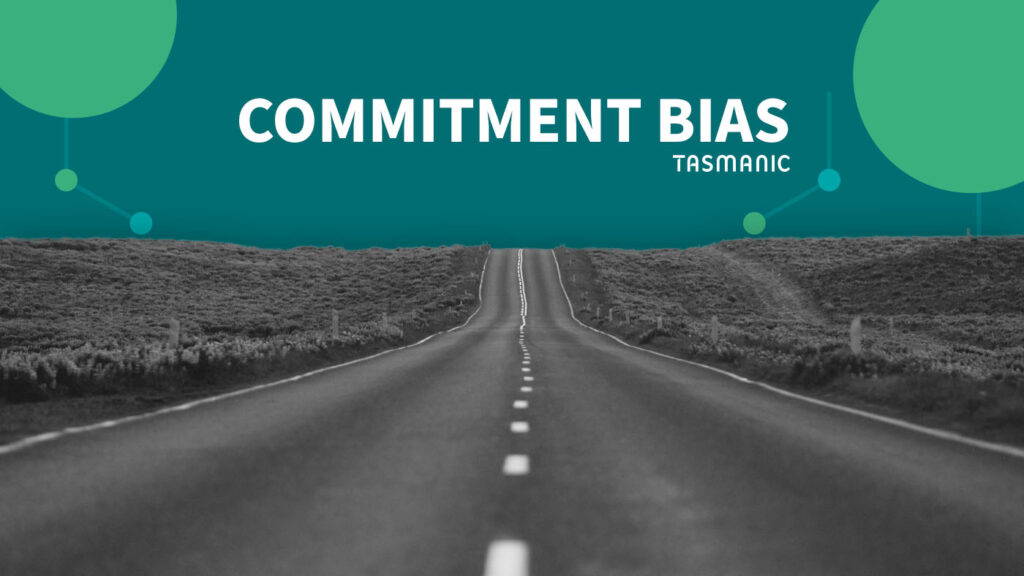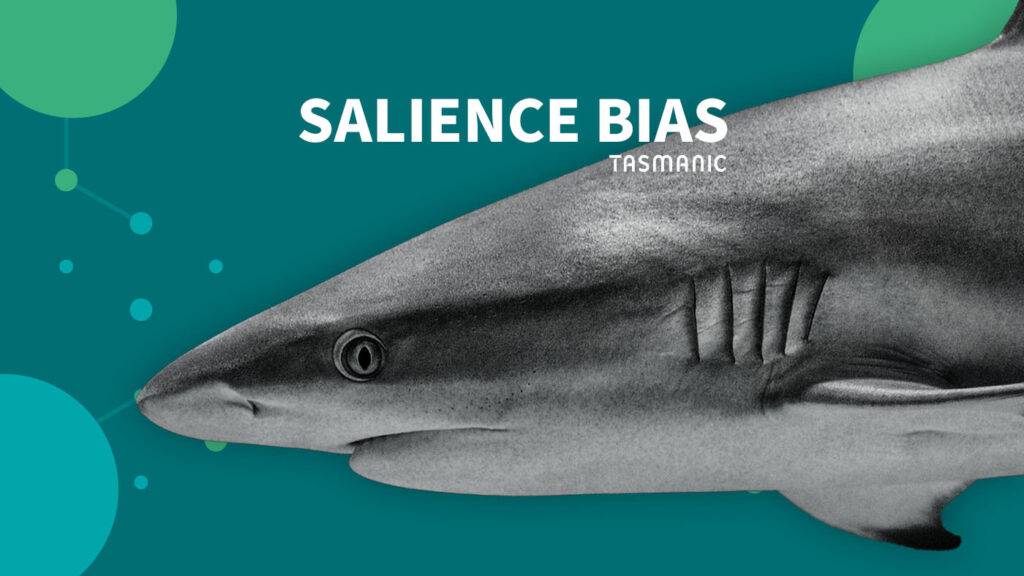
Last updated June 3, 2024
Introduction
As a business owner, your decisions may be influenced more by salient recent events than by objective data, a phenomenon known as salience bias. In this article, we explore how this psychological bias can affect your business decision-making, how to avoid it but also how to use these insights to your advantage.
What is salience bias?
The salience bias deals with our tendency to focus more on items and information that are prominent and ignore those information and items that do not grab our attention (Taylor & Fiske, 1975).
We make hundreds of choices every day, but because of salience bias, you don't always make the most rational decision. Of course, the ability to quickly see what is important or where we can best put our energy is an important survival mechanism, but sometimes these (emotionally) appealing details cause you to miss other vital information. As a result, salience bias can have serious and far-reaching consequences. Being aware of salience bias is already a big step forward in countering it (Verena et al., 2018)
How does salience bias arise?
Salience bias arises because people naturally pay more attention to information or events that are salient, recent or emotionally charged. This information stands out in our perception and therefore unconsciously receives more weight in our decision-making than less salient, but potentially equally relevant information. The salience bias stems from the way our brain processes information. There are a few core reasons why this happens:
- Attention mechanisms: Our brain is programmed to pay attention to things that stand out or deviate from the norm. This is an evolutionary mechanism that helps us react quickly to potential dangers or important events.
- Emotional impact: Information or events that are emotionally charged, such as something that causes fear or excitement, linger better and have more impact on our thoughts and decisions.
- Memory and recall: Notable events are easier to remember and are therefore more often brought to the forefront of our minds when we make decisions.
These tendencies were useful for survival throughout evolution, but in the complex modern world they can lead to distorted decision-making, especially in situations where careful analysis of all available information is required.
Examples in practice
- Response to crises at a competitor: Suppose an entrepreneur in the food industry sees a major scandal unfolding at a competitor, for example, a case of food poisoning. Despite no direct evidence that their own products are at risk, the entrepreneur may invest disproportionate resources in revising safety protocols, driven by the high-profile nature of the incident, rather than an objective assessment of their own risks.
- Focus on recent sales data: An entrepreneur may see a short-term surge in sales of a particular product and decide to scale up production significantly, driven by recent success experience. This decision may be made without considering longer-term sales data or market trends, which can lead to overproduction if the sales spike was only temporary. This happened to many entrepreneurs during the corona crisis.
- Investment decisions based on media reports: An entrepreneur may decide to invest in a particular technology or market simply because it receives a lot of media attention. This high-profile coverage may distort the perception of the potential of that investment without a thorough analysis of the actual opportunities and risks. This can result in a decision based more on the visibility and hype surrounding the technology or market than on solid business analysis.
Using the salience bias to your advantage
Despite the fact that salience bias is often seen as an obstacle in rational decision-making, there are also ways in which entrepreneurs can use this bias to their advantage. After all, your target audience is also susceptible to this bias to varying degrees.
- Make desired behavior on your website, for example, filling out the contact form, very prominent. The other options then stand in the shade.
- By presenting products or services in an eye-catching and memorable way, you can leverage the salience bias to attract and retain customers' attention. This can be done through eye-catching packaging, emotionally appealing advertisements, or by creating unique brand experiences. See also distictive brand assets.
- By presenting success stories or positive customer reviews prominently, you can take advantage of people's tendency to give more weight to salient information. This can help increase trust in your product or service.
- By creating exceptional customer service experiences, you leverage the salience bias to leave a positive, lasting impression with your customers. This can result in increased customer loyalty and word-of-mouth referrals.
Resources
Taylor, S. E., & Fiske, S. T. (1975). "Point of view and perceptions of causality." Journal of Personality and Social Psychology, 32(3), 439-445.
Verena et al. (2018). "Overcoming Salience Bias: How Real-Time Feedback Fosters Resource Conservation."Management Science, 64(3), 1458-1476.
Is your company missing opportunities?
Our pay is based on your results.

















 Team
Team FAQ
FAQ Prices
Prices Vacancies
Vacancies Contact
Contact Marketing
Marketing SEO
SEO SEA
SEA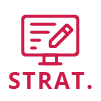 Strategy
Strategy Sales
Sales Optimization
Optimization AWR
AWR Ahrefs
Ahrefs Channable
Channable ContentKing
ContentKing Leadinfo
Leadinfo Optmyzr
Optmyzr Qooqie
Qooqie Hubspot
Hubspot Semrush
Semrush


